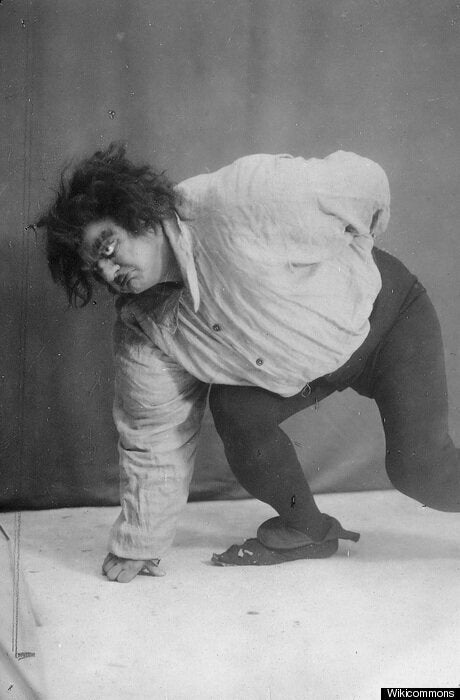
A U.K. archivist has uncovered clues that may prove Quasimodo -- the disfigured bell-ringer hero of Victor Hugo's 1831 classic "The Hunchback of Notre-Dame" -- really did exist.
According to reports, Adrian Glew, who works on the Tate collection's archives in London, was studying the seven-volume autobiography of 19th century British sculpter Henry Sibson. Sibson had been employed in the 1820s to help renovate Paris's Notre Dame cathedral, which had been heavily damaged in the French Revolution.
Glew believes the memoirs imply Quasimodo is based on a real-life figure as they reference a carver named Trajan, who was employed by an unnamed scuptlor whose French nickname was le bossu, or "hunchback." As Sibson writes, Trajan was "most worthy, fatherly and amiable man as ever existed -- he was the carver under the government sculptor whose name I forget as I had no intercourse with him. All that I know is that he was humpbacked and he did not like to mix with carvers."
"When I saw the references to the humpbacked sculptor at Notre Dame, and saw that the dates matched the time of Hugo's interest in the Cathedral, the hairs on the back of my neck rose and I thought I should look into it," Glew told The Telegraph.
Throughout his book, Sibson references other artisans known to be active in the same part of Paris where Hugo lived, leading Glew to believe that the author -- who was heavily interested in architecture and incorporated Notre Dame's restoration into the book -- may have known both Trajan and his mysterious boss.
And it turns out Hugo's relationship with Parisian artisans may have inspired more than just the Quasimodo character in "Hunchback," as an early version of Hugo's "Les Miserables" features the character Jean Trajean, which was later altered to Jean Valjean.
